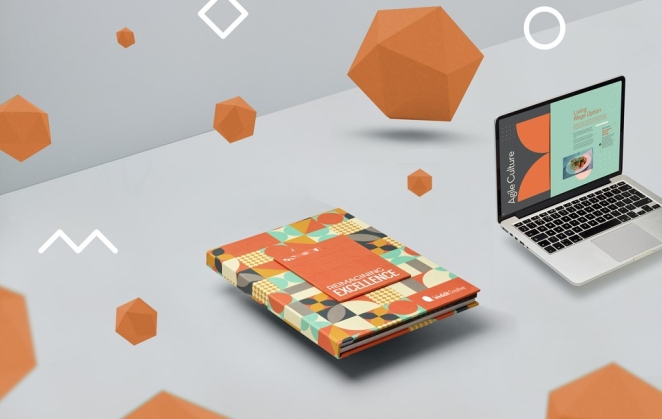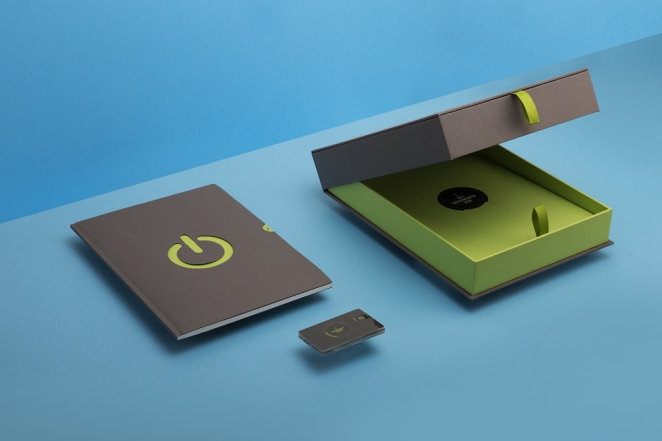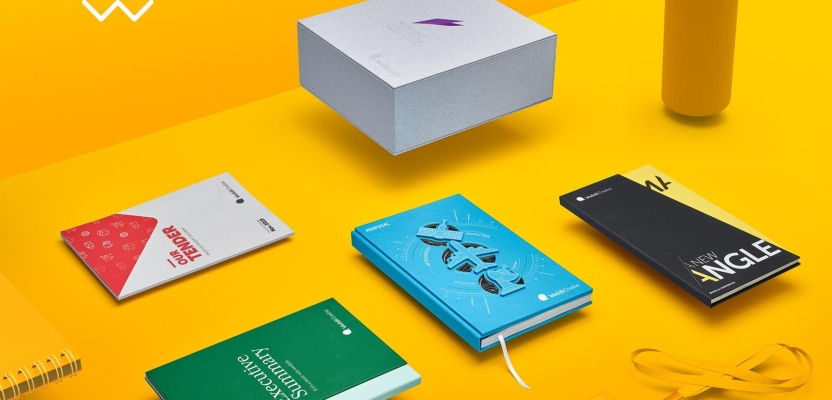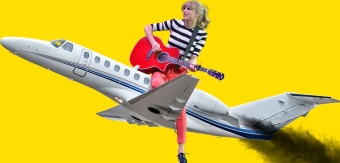The problem
Today's market is more competitive than ever, and when teams come together to define their must-win strategy for a project, an essential part of this is often overlooked or left until the last minute when the pressure is on and time is scarce.
Yes…the design! In this article, we delve into the importance of graphic design in bids, proposals, and presentations, specifically focusing on bespoke design.
Design greatly influences our decision-making process and plays a significant role in our choices. From our clothes to furniture to mobile phones, and even the bread we buy at the supermarket.
We live in a visually-driven world, and the corporate landscape is no exception. The design creates an emotional connection between the product and the customer and is fundamental to its marketability and appeal.
So why is it that design is often an afterthought in bids, proposals, or presentations?

The usual reasons are:
- Cost –There are no scores allocated to how the submission looks, and so the budget won’t stretch to what is considered a ‘nice to have’
- Time – The bid programme doesn’t run to schedule and you don’t have enough time to factor this in
Whilst these are valid and common points, let's explore what you will miss out on if you don’t design your bid documents.
The competition is fierce
Designing a bid document is not a strategy to show how much time you’ve spent on the submission, that you have money to throw around, or that you’re taking the opportunity more seriously than your competition.
The purpose of good design is to improve the reader’s experience and help them absorb and retain as much information as possible, knowing that they will be skim-reading your document under pressure. We must create engaging documents that captivate our audiences instantly.
Design can make the difference between winning and losing

Yes, really. Attention spans are getting shorter, and we're all pressed for time.
If your bid response is very similar in content to your competition, but you made important points stand out by using pull out quotes or turned text into graphics and diagrams, you have made it significantly easier for your reader to sift through a vast amount of information, leading them to your key statements and messages, and supporting their scoring process.
The main purpose of designing a bid document is to make information more digestible. The average person gets distracted in 8 seconds and 81% of people only skim read the content. You're only likely to remember 10% of the document and you remember even less when you are reading 4 or 5 documents back to back.
This figure increases to 65% when it has been well-designed, and is supported with graphics so it’s the designers responsibility to ensure that your content is engaging throughout so that the reader remembers it. Getting this right can increase your win rate by up to 25%.
It leaves a lasting impression
Just like the difference between turning up for an important job interview in your suit or pyjamas, the presentation of your bid document leaves a lasting impression with the reader in a pile of other bids they have to wade through.
A well structured, coherent and consistent document that is beautifully laid out and presented amongst others that are thrown together, crammed with text that their eyes cannot process, which one will they remember? The way that we present ourselves visually matters. Design matters.
You have a corporate design template

But you might question the need for investing time and money when your team already has a corporate template and can simply copy and paste content from previous documents. While there's nothing inherently wrong with this approach, the market craves innovation and uniqueness.
Clients are likely to be familiar with your brand and how you position yourselves throughout your marketing materials, but they also want that project/contract to be treated as a distinctive entity.
You must demonstrate clarity in your message, and a copy-and-paste solution might not suffice. If you don't invest in innovation or cut through the noise, your competition will.
How to build in the time
The design process takes time, and eats up some of your time at the back end of your bid programme. With tight deadlines, this can be a challenge. Setting an earlier internal deadline and working with a bid designer from the kick off meeting stage will increase your chances of building this into your programme without any major impact.
Appointing a graphic designer
Professional graphic designers have the skills and techniques to efficiently organise your text, prioritise important points, and structure elements in an intuitive and logical manner. Designers can guide readers through a document or presentation, ensuring a seamless flow of information.
They enrich documents through the careful choice of typography, colours schemes, and engaging layouts. Appoint a professional graphic designer who specialises in pitches, proposals, and presentations; they are better at streamlining the process under pressure.
They will work on concepts and visuals early on and turn around a section at a time very quickly whilst you are still working on other parts of the document.
They also understand how to manage the entire design process more seamlessly which allows for the time to be built into your bid programme and not without mentioning that it offloads the pressure from the bid teams so they can focus on their skills in writing the content.
When you have to submit answers in a box on a portal

There are standardised bid processes that leave little room for creativity, where you must place your answers into portal boxes. However, even in these situations, once you have cleared a few steps, you are likely to be invited to present.
Seize this opportunity to demonstrate through your submission that you genuinely care, have thought deeply about the opportunity, and have gone beyond the easy to produce but not visually engaging ready-made template or rigid corporate guidelines. Those materials may have effectively sold your project up to that point, but now is the chance to show what else you can do.
Clients have read your brochure, and it looks great, but what will you do to make them feel unique? What will make stakeholders say they have never felt so understood?
Make time for design
To all those professionals involved in pitches, proposals, and presentations: make time for design. Engage, surprise, embrace creativity…and win more business.




